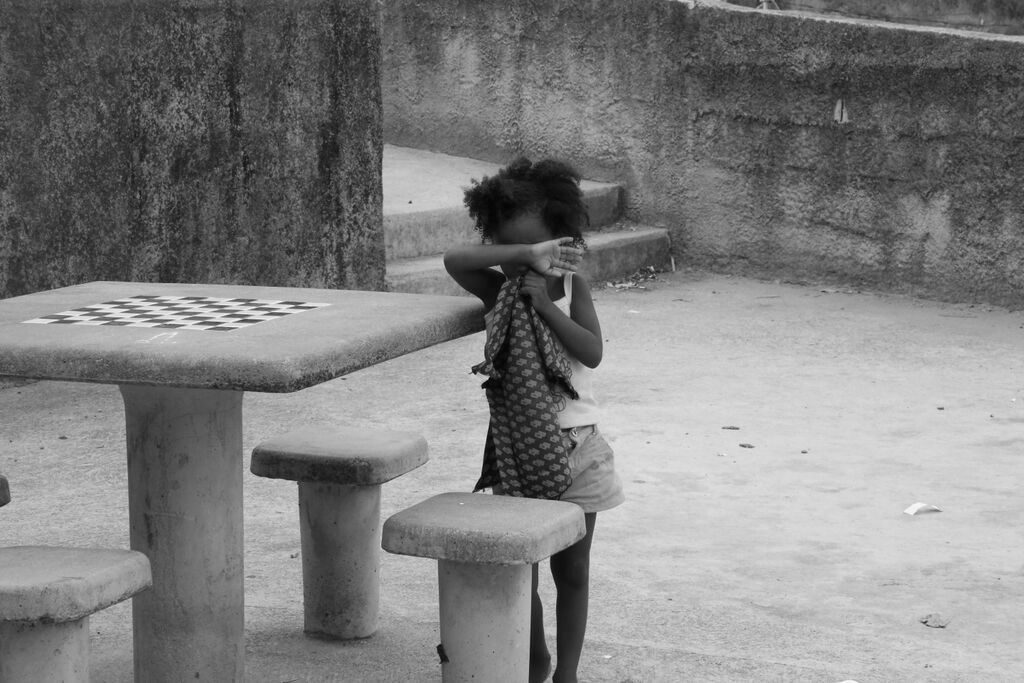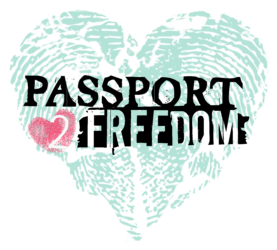Human Trafficking, what is it?
Simply: Child abuse for profit.

Human trafficking is commonly referred to as today’s “modern-day slavery.” Federal law defines “severe forms of trafficking in persons” as:
- Sex trafficking in which a commercial sex act is induced by force, fraud, or coercion, or in which the person induced to perform such act has not attained 18 years of age; or
- The recruitment, harboring, transportation, provision, or obtaining of a person for labor or services, through the use of force, fraud, or coercion for the purpose of subjection to involuntary servitude, peonage, debt bondage, or slavery.
How Big is the Problem?
Each year, over $32 billion is generated by human traffickers. According to the U.S. Department of Health and Human Services, “After drug dealing, trafficking of humans is tied with arms dealing as the second largest criminal industry in the world, and is the fastest growing.” Each year, millions of souls are trafficked across international borders as well as within their own country.
55% are Female
26% are Children
Is Human Trafficking in Every Country?
Human Trafficking is a global problem of epidemic proportions. Not one inhabited continent is untouched by it, including the United States!
Who Are the Victims?
Minors who take money for sex are usually taking part in prostitution but they are also victims of crime. The majority of minors who become involved in prostitution are runaway children from abusive or otherwise dysfunctional homes. Other vulnerable populations may include undocumented immigrants, runaways and homeless youth, survivors of trauma and abuse, refugees, and impoverished groups and individuals.
What are Signs of Human Trafficking?*
A fact sheet produced by the U.S. Department of Education Office states, a victim:
- Has unexplained absences from school for a period of time, and is therefore a truant
- Demonstrates an inability to attend school on a regular basis
- Chronically runs away from home
- Makes references to frequent travel to other cities
- Exhibits bruises or other physical trauma, withdrawn behavior, depression or fear
- Lacks control over his or her schedule or identification documents
- Is hungry-malnourished or inappropriately dressed (based on weather conditions or surroundings)
- Shows signs of drug addiction.
Signs indicating Sex-Related Trafficking Include:
- Demonstrates a sudden change in attire, behavior, or material possessions (e.g., has expensive items)
- Makes references to sexual situations that are beyond age-specific norms
- Has a “boyfriend” who is noticeably older (10+ years)
- Makes references to terminology of the commercial sex industry that are beyond age specific norms; engages in promiscuous behavior and may be labeled “fast” by peers
*It is important to note that this list is not comprehensive of all signs of human trafficking nor are all students who exhibit these signs most certainly trafficking victims. The list is meant to be a guide to help determine if further action is appropriate. Source: U.S. Department of Education. Human Trafficking of Children in the United States a Fact Sheet for Schools. Retrieved October 31, 2012.

